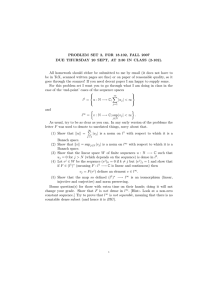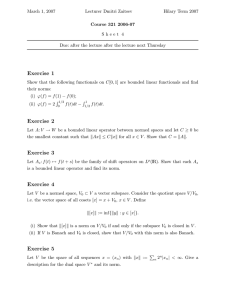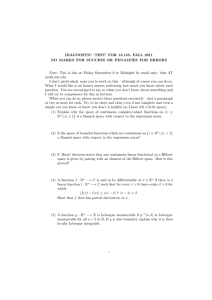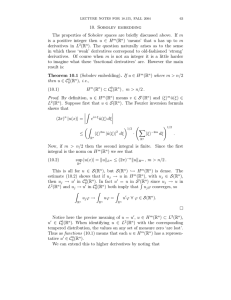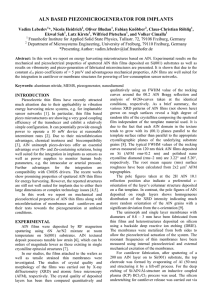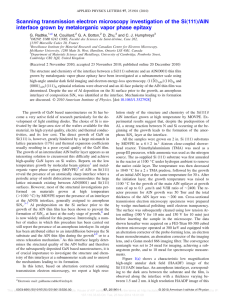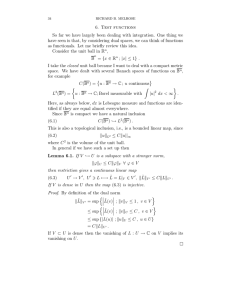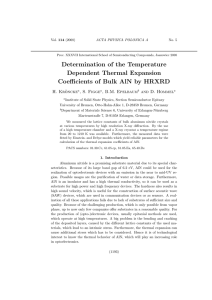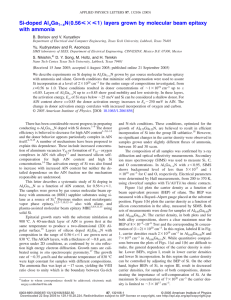PROBLEM SET 4, 18.155 DUE MIDNIGHT FRIDAY 7 OCTOBER, 2011
advertisement
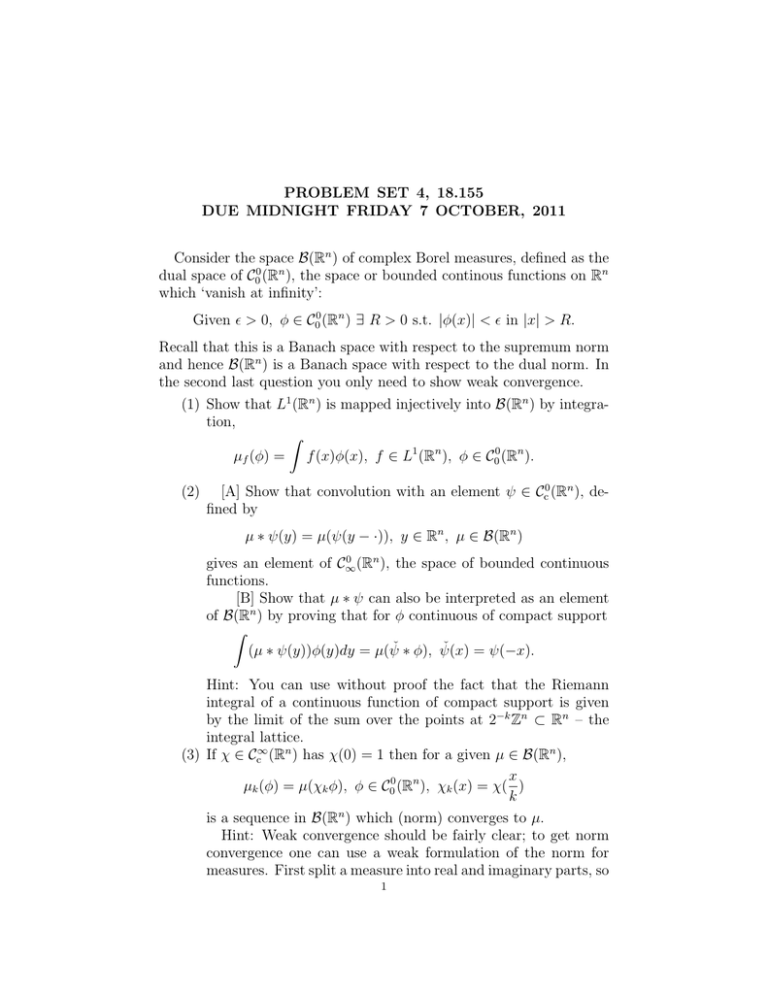
PROBLEM SET 4, 18.155 DUE MIDNIGHT FRIDAY 7 OCTOBER, 2011 Consider the space B(Rn ) of complex Borel measures, defined as the dual space of C00 (Rn ), the space or bounded continous functions on Rn which ‘vanish at infinity’: Given > 0, φ ∈ C00 (Rn ) ∃ R > 0 s.t. |φ(x)| < in |x| > R. Recall that this is a Banach space with respect to the supremum norm and hence B(Rn ) is a Banach space with respect to the dual norm. In the second last question you only need to show weak convergence. (1) Show that L1 (Rn ) is mapped injectively into B(Rn ) by integration, Z µf (φ) = f (x)φ(x), f ∈ L1 (Rn ), φ ∈ C00 (Rn ). (2) [A] Show that convolution with an element ψ ∈ Cc0 (Rn ), defined by µ ∗ ψ(y) = µ(ψ(y − ·)), y ∈ Rn , µ ∈ B(Rn ) 0 (Rn ), the space of bounded continuous gives an element of C∞ functions. [B] Show that µ ∗ ψ can also be interpreted as an element of B(Rn ) by proving that for φ continuous of compact support Z (µ ∗ ψ(y))φ(y)dy = µ(ψ̌ ∗ φ), ψ̌(x) = ψ(−x). Hint: You can use without proof the fact that the Riemann integral of a continuous function of compact support is given by the limit of the sum over the points at 2−k Zn ⊂ Rn – the integral lattice. (3) If χ ∈ Cc∞ (Rn ) has χ(0) = 1 then for a given µ ∈ B(Rn ), x µk (φ) = µ(χk φ), φ ∈ C00 (Rn ), χk (x) = χ( ) k n is a sequence in B(R ) which (norm) converges to µ. Hint: Weak convergence should be fairly clear; to get norm convergence one can use a weak formulation of the norm for measures. First split a measure into real and imaginary parts, so 1 2 PROBLEM SET 4, 18.155 DUE MIDNIGHT FRIDAY 7 OCTOBER, 2011 we can assume that µ is real on real function. Then, somewhat less trivially, split into positive and negative parts, where µ+ (ψ) = sup µ(φ), 0 ≤ ψ, φ ∈ C00 (Rn ). 0≤φ≤ψ A little work (it is in the old notes somewhere) is required to show that this extends to be linear where µ+ (ψ) = µ+ (ψ+ ) − µ+ (ψ− ) in terms of splitting continuous functions into positive and negative parts. Finally then for such a positive measure (non-negative on non-negative functions) one can check that the dual norm kµ+ k = lim µ+ (χk ) k→∞ (a bounded increasing sequence). Here, χ is chosen to have 0χ ≤ 1 and = 1 near 0 χ(x/j)χ(x/k) = χ(x/k) when j >> k so (χ(x/k)µ)(χ(x/j)) = µ(χ(x/k)) and it follows from the limit formula that kχ(x/k)µk = µ(χ(x/k)) (using positivity). The right side increases to k muk so |µ − χ(χ(x/k)µk = kµk − µ(χ(x/k)) → 0. The case of general χ with χ(x) = 1 near R zero then follows. (4) Show that if γ ∈ Cc∞ is non-negative and Rn γ = 1 then µ ∗ γk (ψ) → µ(ψ), where γk (x) = k n γ(xk), µ ∈ B(Rn ) for each ψ ∈ C00 (Rn ). 0 (5) Show that restriction to S(Rn ) ⊂ C∞ (Rn ) gives an injection of B(Rn ) into S 0 (Rn ).
